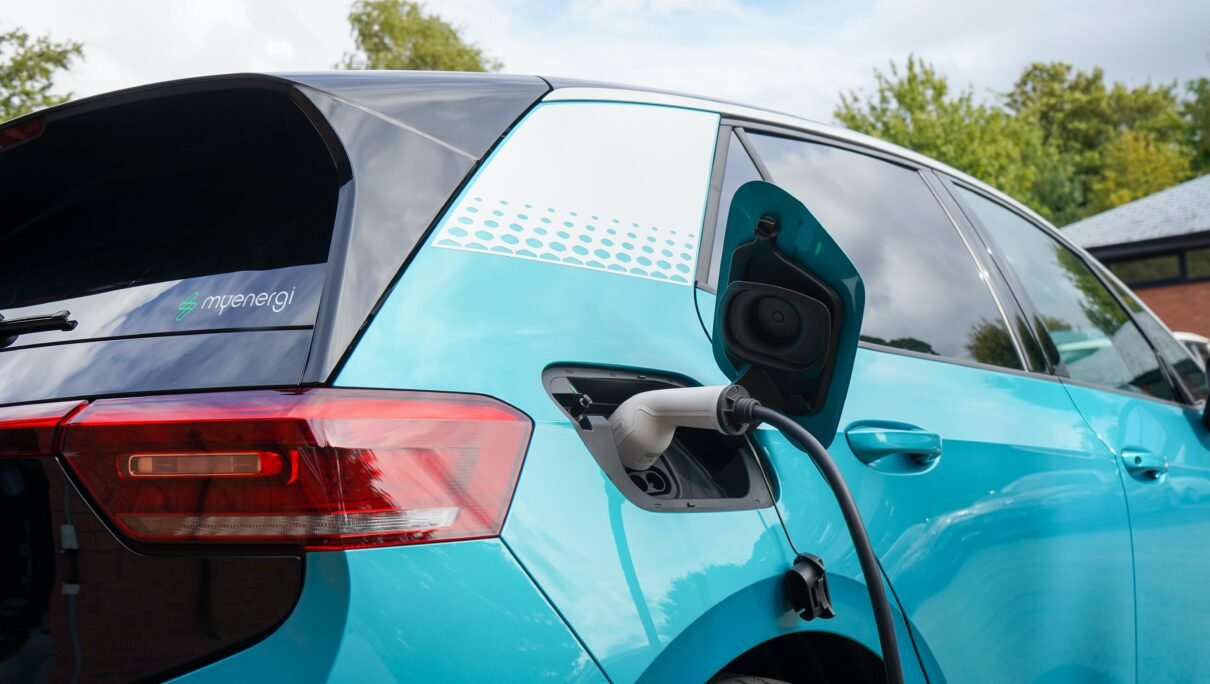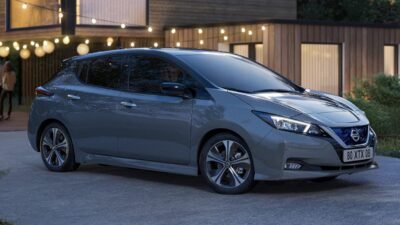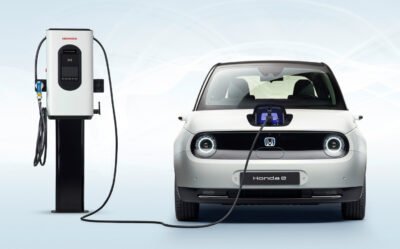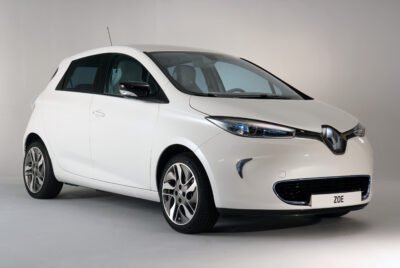Introduction
The automotive industry is undergoing a transformative shift with the rapid adoption of electric vehicles (EVs). This shift not only marks a departure from conventional internal combustion engines but also demands a reimagining of vehicle design. In this article, we will explore how electrification is revolutionizing the field of automotive design.
Embracing Efficiency and Aerodynamics
Electrification necessitates a fresh approach to vehicle aerodynamics. With fewer moving parts and lighter powertrains, EVs present an opportunity to streamline designs for enhanced efficiency. Sharp edges, sculpted surfaces, and optimized airflow management are becoming focal points in the design process, ensuring that electric vehicles slice through the air with minimal resistance.
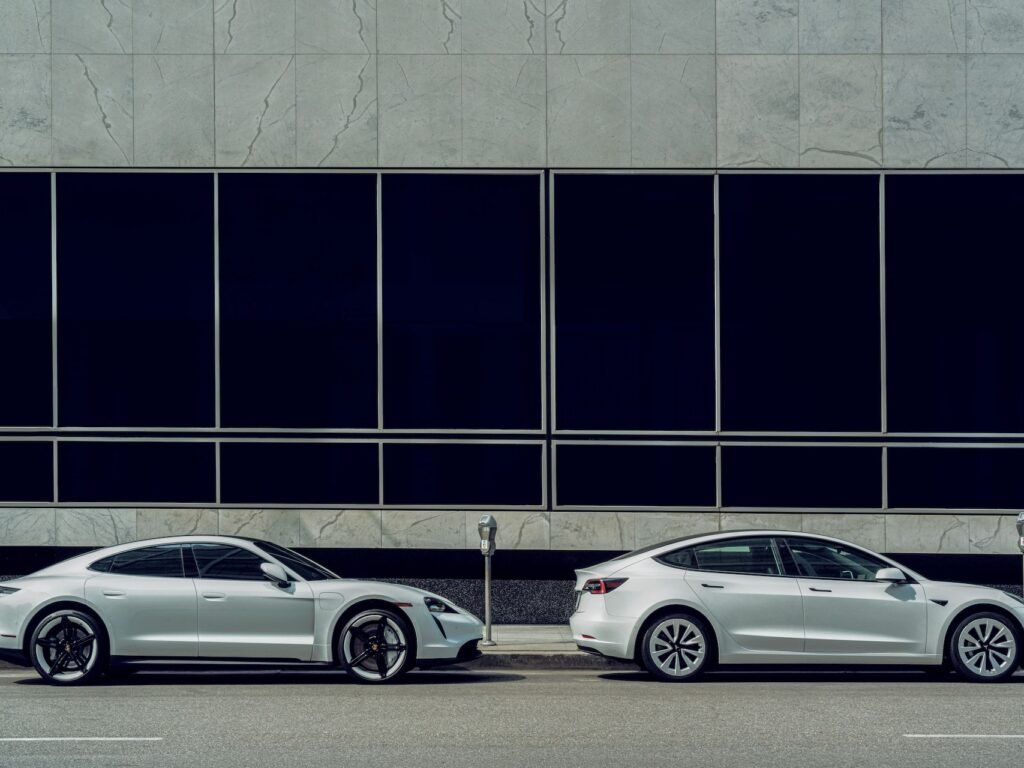
The Evolution of the Interior Space
As the engine compartment shrinks, designers are presented with newfound freedom to redefine the interior space. This shift allows for innovative cabin layouts, prioritizing spaciousness, comfort, and adaptability. With the absence of a traditional transmission tunnel, floor plans become more versatile, enabling creative seating arrangements and flexible storage solutions.
Materials Innovation: Balancing Weight and Sustainability
Electrification goes hand-in-hand with a commitment to sustainability. Advanced materials play a pivotal role in achieving this dual objective. Lightweight alloys, composite materials, and sustainable alternatives are gaining prominence, offering designers a broader palette to work with. By incorporating eco-friendly materials, automotive designers are making significant strides towards reducing the environmental footprint of vehicles.
Harmonizing Aesthetics with Functionality
The integration of electrification components, such as batteries and electric motors, necessitates a reevaluation of vehicle aesthetics. Designers are tasked with seamlessly incorporating these elements into the overall aesthetic while ensuring optimal functionality. Clever packaging solutions and strategic placement of components are crucial in achieving a harmonious balance between form and function.
User Interface and Experience (UI/UX) Design
The transition to electric powertrains brings with it a paradigm shift in user interface and experience. Infotainment systems, range displays, and charging interfaces require intuitive and user-friendly design. The focus shifts towards providing drivers with comprehensive information on battery status, charging options, and energy consumption, enhancing the overall EV ownership experience.
Conclusion: Designing the Future of Mobility
Electrification is not merely a technological advancement; it is a design revolution that is reshaping the automotive industry. As electric vehicles become the norm, designers are at the forefront of this transformative journey. By embracing efficiency, reimagining interiors, prioritizing sustainable materials, and harmonizing form with function, automotive designers are creating a future where sustainability meets style on the open road.


